When beginning a job search, one of the first tasks undertaken by candidates is to either build or update one’s resume. It is an important step for sure, as resumes have a long history as the de facto standard for presenting a historical and chronological recap of one’s experience.
There are endless debates about the ideal length of a resume—should it be one page, two pages, or even longer? This question has been the subject of much discussion and even some controversy. On one hand, proponents of the one-page resume argue that recruiters and hiring managers have limited time to review applications, so a concise resume is more likely to capture their attention. On the other hand, those who advocate for a longer format believe that a one-page resume simply can’t capture the complexity and breadth of an experienced professional’s career.
The issue becomes even more complicated when you consider different industries and roles. For example, academic and scientific fields often expect detailed curricula vitae that list publications, research projects, and more, making a one-page resume impractical. Conversely, in fast-paced industries like tech startups, a one-page resume that gets straight to the point may be more appreciated.
Regardless of these debates, it’s universally accepted that a well-crafted, error-free resume is expected when applying for a job. Whether you land on your resume approach, I always recommend investing in a professional resume writer to ensure that this document effectively showcases your career history.

The Resume’s Shortcomings: A Double-Edged Sword
However, while required, it is my experience that a resume can be limiting as well. Given the number of resumes typically received for an opportunity, absolutely no one will review multiple pages of your work history upon an initial screen. Whether this is done by a live person or keyword scored by an applicant tracking system, many candidates will not receive the benefit of a review of their accomplishments and alignment to a role. A long resume is fine, but just be aware that perhaps only the first page will be read.
Moreover, no matter how narrow or diverse your background, or to what extent you believe your skills are transferable, that first entry on your resume will determine how many HR professionals will potentially classify and pigeonhole your experience.
Let’s face it, the initial resume screen will not be done by a hiring manager. So if your last role was, for example, as a Director of XYZ in a particular industry and in a specific locale, most initial reviewers will only consider you if all of those elements match the basic requirements of the open opportunity.
To counteract these limitations and take control of how you’re perceived, I recommend creating a Professional or Project Portfolio. This is a separate document that complements your resume and offers a different perspective on your skills and achievements.
Building a Project Portfolio
To create a project portfolio, begin by writing 8-10 bullet-point narratives that each highlight a significant accomplishment, transformation, or project you’ve led. Aim for 3-4 sentences per bullet point, focusing on the impact and results. Importantly, omit the names of the companies and industries where you achieved these milestones. The idea is to present your skills and achievements in a way that transcends specific roles or sectors.
The big idea is that someone may read a resume and say “We don’t need a former Director of XYZ in this role” but they may look at this more generic list of identifiers and say “We do need someone who has done bullets 3, 5, and 7”.
The project portfolio is a one-pager and your goal is to not make it look simply like a cut and paste nor in the general format of your resume. It is a stand-alone document.
I would suggest as well that you get creative with the presentation. This is a marketing document and it should pop. It might make sense to enlist a graphic designer or someone with experience putting together a format that stands out. Some will use icons by each accomplishment, others will use varying fonts but in the end use your imagination on how best to present this information.
Putting It Into Action
Once you have completed this document, you will have not one, but two pieces of marketing collateral to use in your job search. In some cases you may share both with a prospective employer, in other cases you may lead with the portfolio and then supply the resume upon request.
When reaching out to potential employers, your introductory email or letter could include a few bullet points from your portfolio that align closely with the job description. This approach allows you to tailor your pitch to each opportunity, increasing the likelihood that your application will resonate with the hiring team.

Creating a project portfolio is more than just an exercise; it’s a strategy that can significantly enhance your job search. It enables you to articulate the value you bring to an organization beyond the constraints of a traditional resume and present yourself as a multifaceted candidate.
Equipped with another arrow in your quiver, it is now time to engage.
This is the fourth in a series of articles for my upcoming book, “How to Hack Your Next Job Search”. For my readers, I will be sharing insight, observations, and specific coaching on how best to conduct a job search. These strategies are simple, yet diverge greatly from most traditional approaches. It is my goal to share a proven process and cultivate a mindset that will elevate you into the top 5% of job seekers in any particular market or industry.
I. Deciding to Take Action | How to Hack Your Next Job Search
II. Approaching Your Search Like a New Job | How to Hack Your Next Job Search
III. Begin With Realistic Expectations | How to Hack Your Next Job Search
IV. Rethink the Resume | How to Hack Your Next Job Search
V. Uncovering Hidden Job Opportunities | How to Hack Your Next Job Search
VI. Addressing Gaps in Employment | How to Hack Your Next Job Search
VII. Ace the Interview | How to Hack Your Next Job Search
VIII. Defining Your Personal Brand | How to Hack Your Next Job Search










